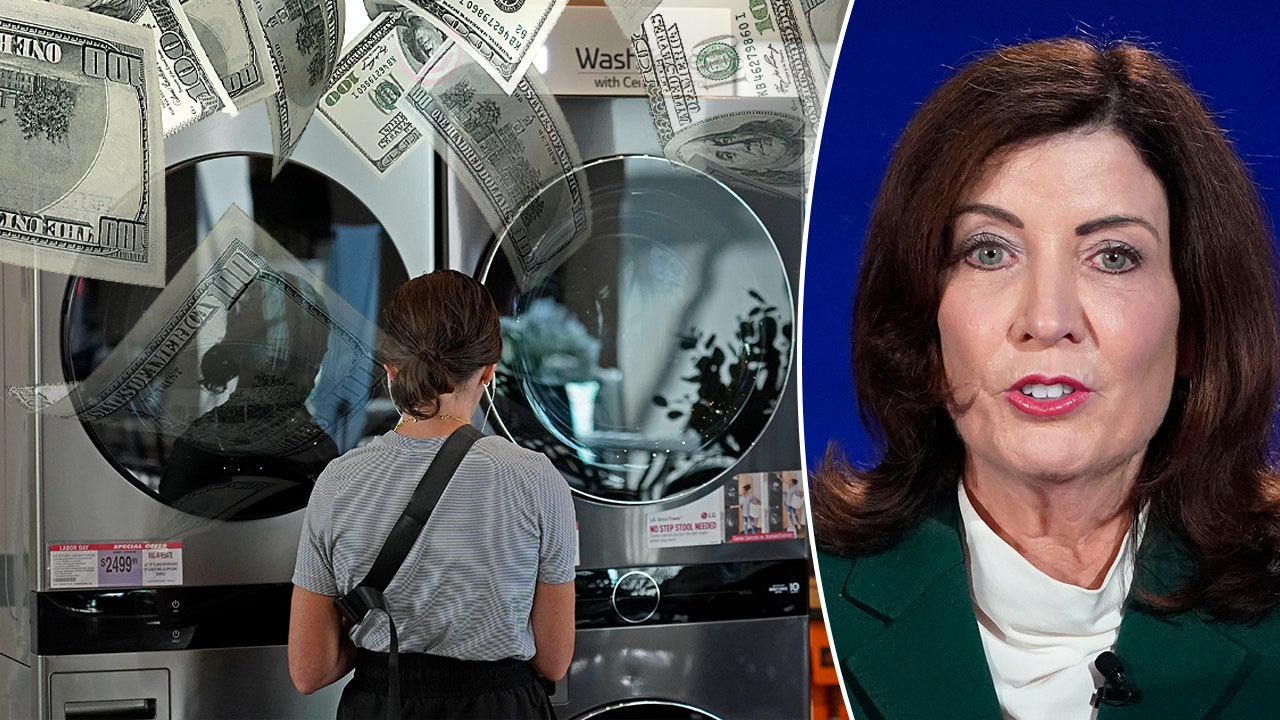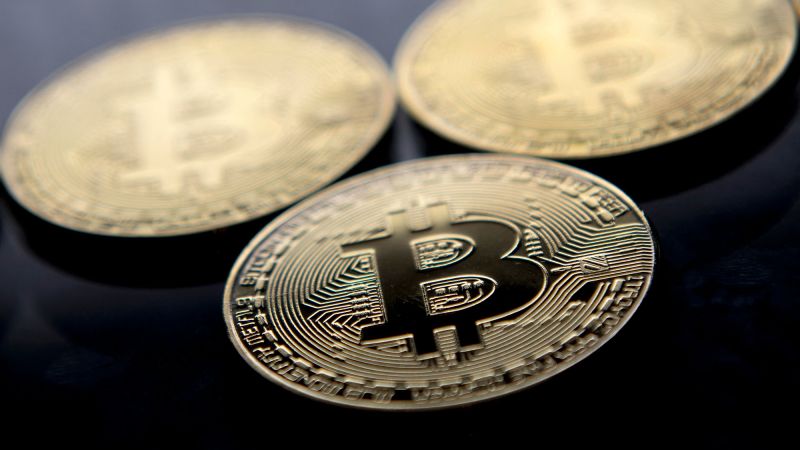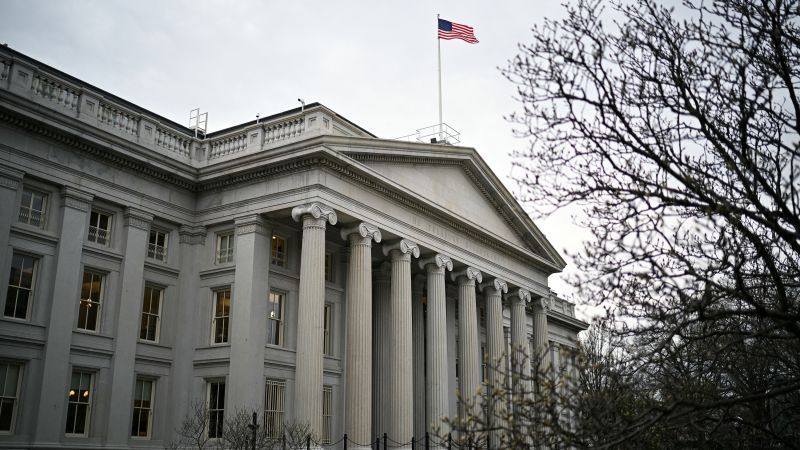Inflation for US producers slowed further in September, adding to hopes that prices aren’t getting jacked up before they get to consumers.
The Producer Price Index, which measures average price changes seen by producers and manufacturers, rose 1.8% for the year ended in September, a slight downshift from the 1.9% gain in August, according to Bureau of Labor Statistics data released Friday.
The annual rate is running faster than the 1.6% gain economists expected, according to FactSet estimates; however, August’s rate was revised higher from the initial 1.7% estimate, so prices still fell in September.
For the month, prices held flat, as falling energy prices countered a 1% leap in foods — their highest jump since February — and resulted in overall goods deflation. Services ticked up 0.2%, BLS data shows.
Excluding the more volatile categories of food and energy, core PPI rose 2.8% from the year before, an acceleration from a 2.6% rate in August. On a monthly basis, the core index advanced 0.2%.
PPI is important because it’s often seen as a bellwether for the price increases consumers will wind up paying down the line. If materials and finished goods cost more for manufacturers and producers, the thinking goes, the price increases could be passed along to everyday Americans — although that’s not always the case.
On Thursday, the Consumer Price Index — a measurement of average price changes for commonly purchased goods and services — cooled to 2.4%, its lowest rate since February 2021.
Inflation in the US has slowed considerably since peaking in the summer of 2022, and prices are rising at an annual pace that’s more in line with what the Federal Reserve wants to see. As a result, Fed officials have now shifted from trying to contain inflation to trying to keep the job market healthy, the other half of their so-called dual mandate.
Last month, with prices increasing at a more moderate pace and some data hinting at a weaker job market, the Fed opted to go big and cut its benchmark interest rate by a half-point and penciled in two more quarter-point cuts to close out the year.
However, that outlook has grown cloudier following a stronger-than-expected jobs report in September and the possibility that recent hurricanes and tension in the Middle East could budge prices higher.
This story is developing and will be updated.
Read the full article here
















